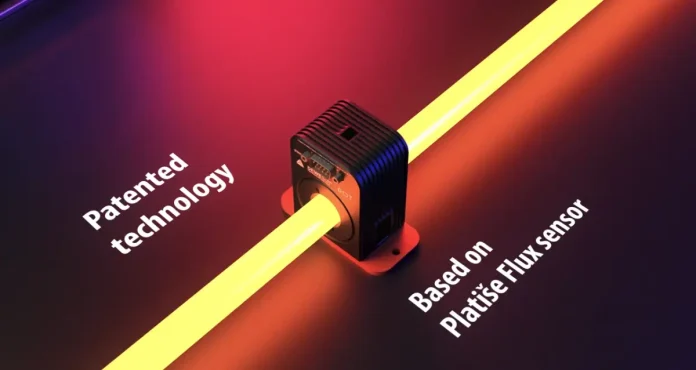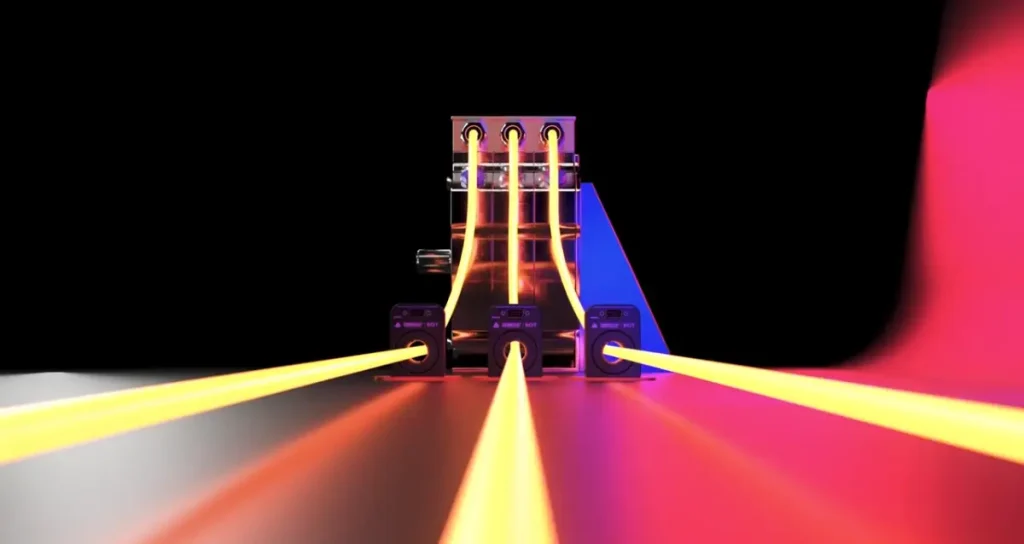
Have you ever wondered how devices know when to charge, switch off, or adjust power? The secret behind many of these smart functions is something called “current sensors.” These little tools play a huge role in making our gadgets smarter and our lives easier.
They help save energy, prevent accidents, and even make our devices last longer. In this article, we’ll explore what current sensors are, how they work, and why they’re so important in today’s tech-filled world.
Real-Time Monitoring
Current sensors keep an eye on the electric current at any moment. This means they can tell instantly if there’s too much or too little power. They help devices work just right without using too much electricity.
By power monitoring, these sensors make sure devices are safe to use. They stop gadgets from getting damaged by preventing too much electricity from flowing through them.
Load Balancing
Load balancing is an important job for current sensors. It makes sure that electricity is shared equally across different parts of a device or system. This helps prevent overheating and ensures everything runs smoothly.
By distributing power evenly, load balancing also helps devices to work better and last longer. It’s a key reason why our gadgets can perform many tasks without problems.
Fault Detection and Prevention
Another important job of current monitors is to find and stop faults. When something is wrong with the device’s electrical system, these monitors pick it up quickly. If they find a problem, they can shut down or send out a warning to stop any harm from happening.
This immediate response helps keep both the device and its user safe. It significantly reduces the risk of electrical failures and extends the lifespan of the device. If high accuracy and precision are required in fault detection, consider Dewesoft DC-CT current transducers, renowned for their reliability and performance in critical applications.

Energy Auditing and Optimization
Energy auditing and optimization is a vital role that current sensors serve. Through continuous monitoring, these sensors measure how much electricity a device uses. This data helps in analyzing and improving a device’s efficiency.
Knowing the amount of energy a device consumes makes it possible to adjust its operation for better performance. This ensures that devices use only the energy they need, reducing waste and saving costs.
Integration with Energy Management Systems
Current transformers are also an essential component of energy management systems. These systems use the data from sensors to control and optimize energy use in buildings and other environments. By doing so, they ensure that energy consumption is efficient and minimized.
The integration of current sensors with these systems allows for real-time decisions about energy use. It enables automatic adjustments to save energy without requiring manual intervention.
Illuminate Efficiency With Current Sensors
In the world of technology, making things run smoothly and saving energy are big deals. This is where current sensors shine. They are like the smart helpers in our gadgets, making sure everything uses just the right amount of power.
From keeping our devices safe to helping big systems manage energy better, these sensors do a lot. Thanks to current sensors, we can enjoy our tech without worrying about wasting power or dealing with breakdowns.
If you found this article useful, explore our blog for more insightful information.
FURTHER READING









